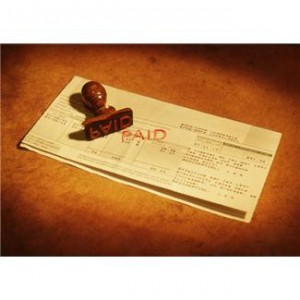Ruth U.
I am so grateful to each and everyone of you for helping me get out of debt
2012-12-05T00:20:12-05:00
I am so grateful to each and everyone of you for helping me get out of debt
http://mapleleafdebthelpers.ca/testimonials/ruth-u/
When interest rates on my credit card went from 7% up to 19% I knew I had to do something – so I called you
2012-12-05T00:20:33-05:00
When interest rates on my credit card went from 7% up to 19% I knew I had to do something – so I called you
http://mapleleafdebthelpers.ca/testimonials/451/
Your people negotiated with my credit card people to a specified amount that I must pay – but much less than I owed.
2012-12-05T00:20:48-05:00
Your people negotiated with my credit card people to a specified amount that I must pay – but much less than I owed.
http://mapleleafdebthelpers.ca/testimonials/452/


